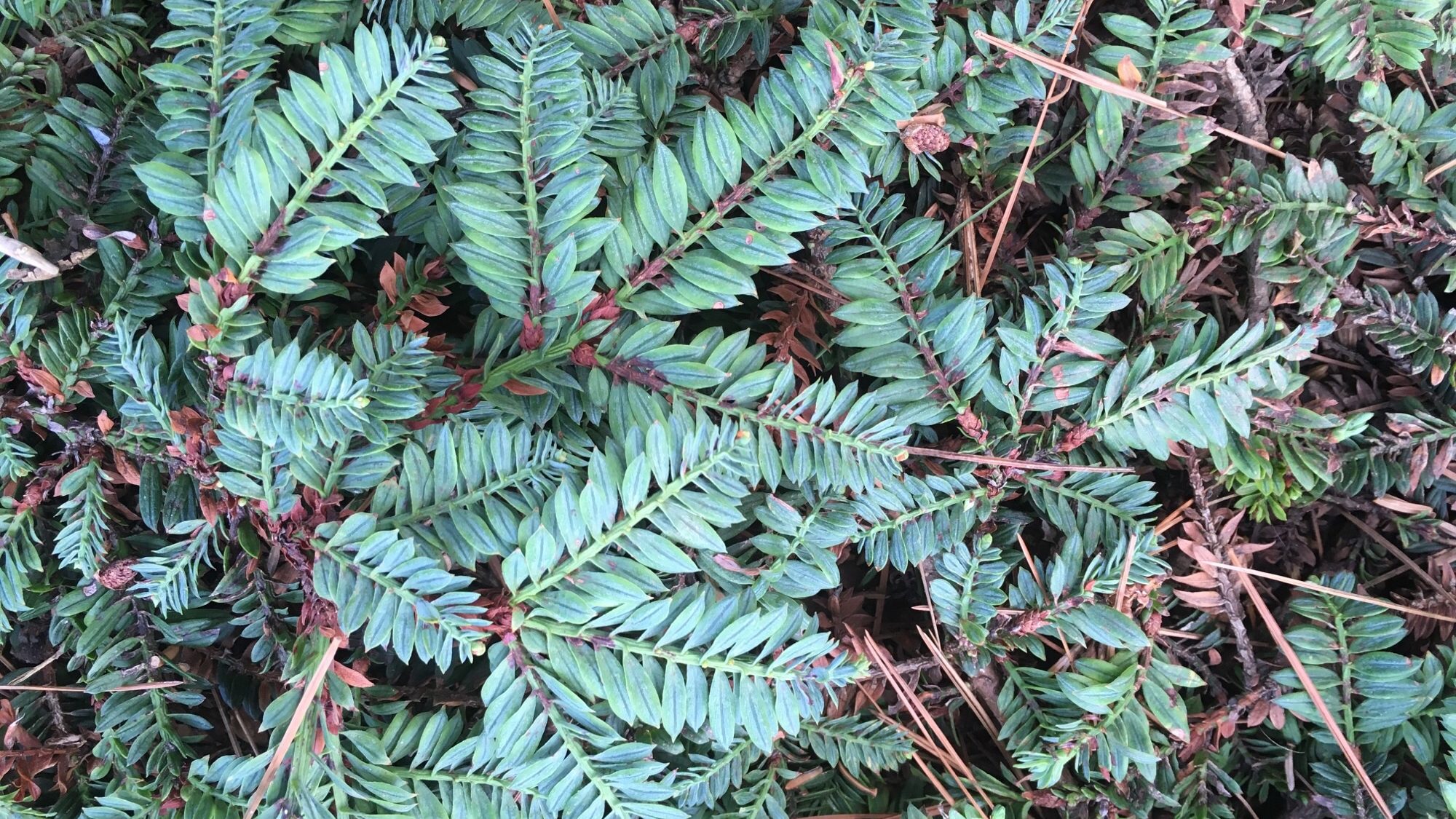Around 1927, F G Preston, then Superintendent of the Garden, found a witch’s broom on the lower branches of a Sequoia sempervirens tree. This tree still stands at the southern end of the Systematic beds. Material taken from this witch’s broom was grafted on to a root-stock and grown on here at the Garden; further material was grown on at T Hilling & Co, a plant nursery in Surrey.
The nursery presented a plant at an RHS show under the name Sequoia sempervirens nana pendula. It was described as a prostrate spreading form of the Californian redwood. This name was later discovered to have been already attributed to a different plant and it thereafter became known as Sequoia sempervirens ‘Prostrata’.
The plants that were grown here at Cambridge have so far retained this prostrate form but in the 1970s Roy Lancaster reported that some of the plants arising from material taken from the original witch’s broom had developed different characteristics. An upright form, which was grown at Hillier’s Garden, had reached 5.5m in height and showed a loose conical habit rather than the prostate form shown in the plants grown at Cambridge. This upright form arising from the prostrate mutant was then named ‘Cantab’ by Lancaster.
Today an example of the prostrate form can be seen close to Cory Lodge. It is a slow growing spreading conifer with flat grey-green needles, making an attractive dome.

